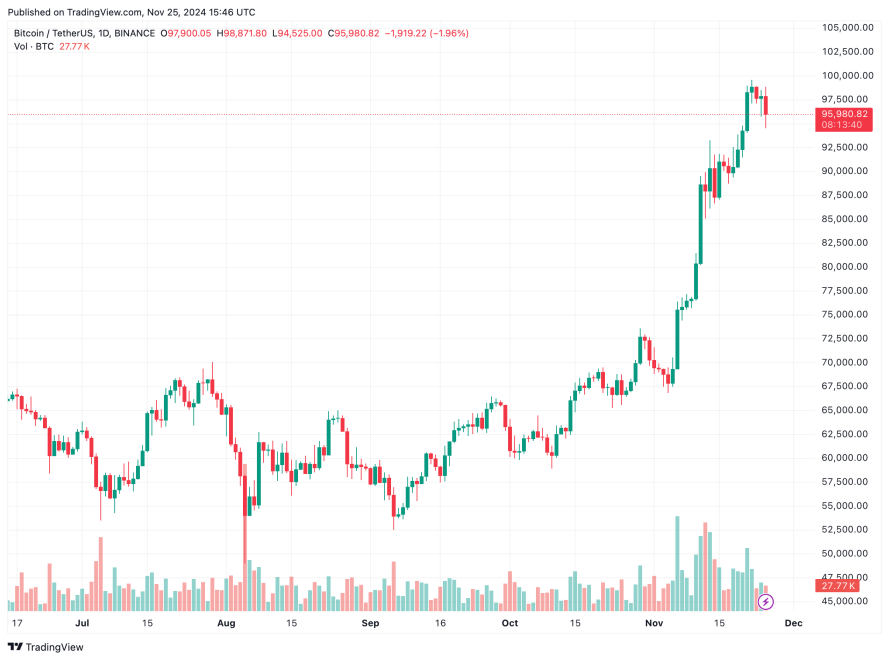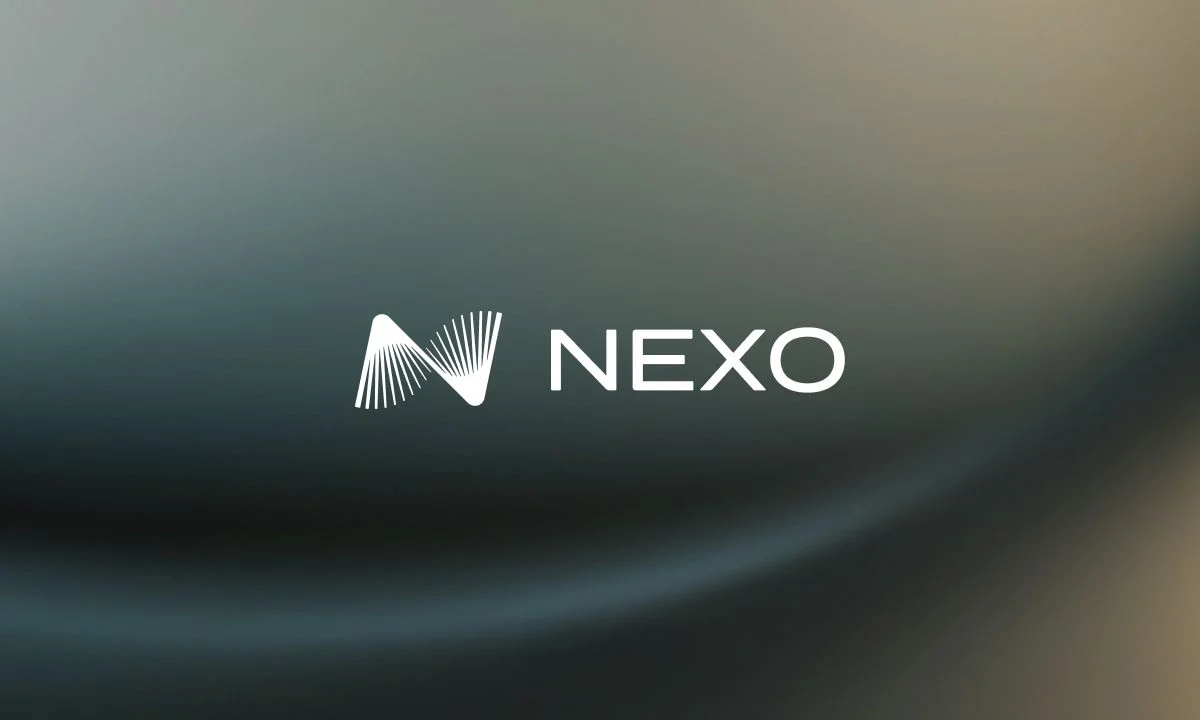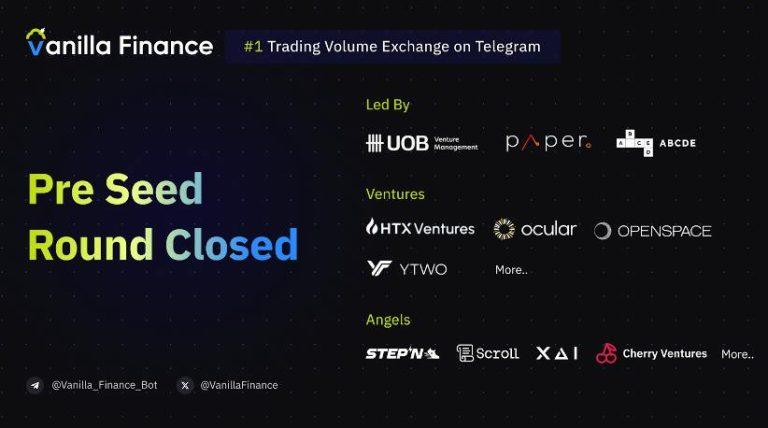
With a Bitcoin futures exchange-traded fund, getting exposure to the world’s largest cryptocurrency will be easier than ever.
The odds of the United States Securities and Exchange Commission (SEC) approving a Bitcoin (BTC) exchange-traded fund (ETF) before a physical Bitcoin ETF are higher than ever, courtesy of Chairman Gary Gensler’s now oft-repeated preference for the former.
But here’s the issue: an ETF built around crypto futures isn’t the most efficient, economical or easiest route. Physically backed products are. They’re likely to attract more assets and open the crypto market to more investors. And they are much easier for investors to understand.
This is why fund issuers are better off pressing the SEC for clarity on what’s needed to get the Bitcoin spot ETF approved instead of rushing to be the first to the finish line with the more complex and more expensive futures-backed product.
A complete framework — but with incomplete reasoning?
One of the primary arguments in favor of a crypto futures ETF is that, at this juncture, the regulatory framework for futures is clear-cut and well established, particularly compared to physical crypto assets.
Futures fall under the Commodity Futures Trading Commission’s purview. Contracts are standardized. In the case of Chicago Mercantile Exchange (CME) futures, there’s no need for digital wallets, and the absence of a physical asset means fewer questions surrounding the crypto custody puzzle. Know Your Customer, or KYC, is less of a concern because there is no decentralized asset that can be moved from one address to another. Generally, futures markets are more highly regulated and monitored than the spot markets currently are.
Related: The new episode of crypto regulation: The Empire Strikes Back
These futures-backed ETFs would be registered under the 1940 Investment Company Act. That would make them “liquid alternatives” and allow them to invest with more complex instruments or strategies. Mutual funds, including those with hedge fund-like strategies, are registered as ’40 Act funds.
What’s the benefit of Bitcoin futures ETFs registering as ’40 Act funds? They avoid many regulatory hurdles, in part because of their mandate of investing primarily in futures listed on a regulated U.S. exchange such as the CME.
More complexity with futures
Granted, simplicity is good, especially when the objective is to attract new money that has been waiting patiently on the sidelines. But futures introduce more complexity by nature, which goes against the spirit of ETFs in the first place.
ETFs were designed to be a lower-cost, highly liquid alternative to actively managed funds. Futures, however, aren’t particularly cost-efficient. They require margin as collateral, at disproportionately higher rates compared to other asset classes.
Additionally, trade volumes at U.S.-regulated exchanges are relatively low, with most of the action happening offshore. This prompts the question: Will there be enough liquidity on SEC-approved exchanges such as the CME to meet demand, especially during periods of high volatility?
In practice, this first generation of futures ETFs will likely be composed of a basket of different assets in addition to the Bitcoin futures contracts. And due to tax and asset diversification complexities, to hold these investments a subsidiary also needs to be set up, typically in a low-tax jurisdiction like the Cayman Islands. Complexity, of course, means higher costs for investors.
There’s also the issue of discrepancies between futures prices and spot prices. Futures contracts don’t track the underlying assets perfectly. With Bitcoin specifically, there can be big discrepancies between the projected price of Bitcoin in 30 days (what a futures contract signifies) and the actual price when that date hits. For the year ending September 2, 2021, a rolling position in Bitcoin futures trailed the price of Bitcoin itself by 38 percentage points (295% to 333%, respectively).
Finally, it’s worth noting that investor demand historically is much lower for futures-based ETFs than their spot counterparts. One point of illustration: The largest spot ETF for gold currently holds more than $50 billion in assets, while the largest gold futures ETF holds roughly $40 million.
Related: Mass appeal: Could a Bitcoin futures EFT electrify US investors?
A reasonable step in the right direction
But does that mean a Bitcoin futures ETF does more harm than good?
Absolutely not. Though it wouldn’t be as simple or inexpensive as a spot ETF, a Bitcoin futures ETF still marks a step in the right direction to provide prospective investors access to crypto.
It will open up crypto investing to a broader investment audience. The ETF structure will make it much easier for financial advisors and others to integrate Bitcoin into their portfolios and standard processes. It will also carry all of the investor protections of the 1940 Act. The rigorous SEC oversight that applies to ‘40 Act funds will allay many investors’ concerns and impose governance checks on fund management.
Related: Ethereum ETFs are here, building case for US approval of BTC and ETH funds
Considering the sharp rhetoric and critical stance the SEC has adopted in crypto discussions lately, the approval of a Bitcoin futures ETF would be a significant step forward. It would show the SEC’s willingness to allow crypto asset products to enter the marketplace more fully with a regulatory oversight wrapper, potentially alleviating recent concerns of government overreach.
But the success of these funds shouldn’t take issuers’ focus away from the primary goal: Working with the SEC and other regulators to establish the clarity needed to get a spot Bitcoin ETF approved.
That process may be lengthy, but the outcome would most certainly be worthwhile. It would finally give investors the low-cost, highly liquid vehicle to track Bitcoin with precision — and thereby align their crypto investments better with their overall portfolio. This, we believe, will ultimately bring in a new, substantial wave of assets that has been long-awaited by industry proponents, investors and issuers alike.
This article does not contain investment advice or recommendations. Every investment and trading move involves risk, and readers should conduct their own research when making a decision.
The views, thoughts and opinions expressed here are the author’s alone and do not necessarily reflect or represent the views and opinions of Cointelegraph.

You can get bonuses upto $100 FREE BONUS when you:
💰 Install these recommended apps:
💲 SocialGood - 100% Crypto Back on Everyday Shopping
💲 xPortal - The DeFi For The Next Billion
💲 CryptoTab Browser - Lightweight, fast, and ready to mine!
💰 Register on these recommended exchanges:
🟡 Binance🟡 Bitfinex🟡 Bitmart🟡 Bittrex🟡 Bitget
🟡 CoinEx🟡 Crypto.com🟡 Gate.io🟡 Huobi🟡 Kucoin.



















Comments